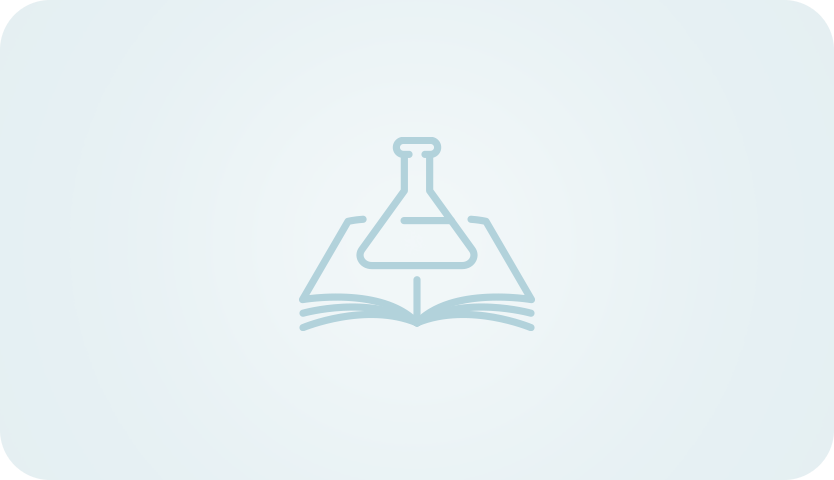 March 27, 2023
March 27, 2023Phenyl isocyanide – preparation and application
General description and preparation:
Phenyl isocyanide (PI) or isocyanobenzene [931-54-4] is a colourless liquid with a pungent odour and the boiling point of 61-62 °C/21 mmHg).[1] It is a highly toxic chemical (inhalation/rat LC50 22 mg/m3/4H, oral/mouse LD50 196 mg/kg), asphyxiant and lachrymator.[2] It is moisture sensitive and corrosive.
Isonitriles in general were discovered in 1867 by Gautier in the reaction between an alkyl iodide and silver cyanide[3] and Hofmann in the reaction between a primary amine, chloroform, and alcoholic potassium hydroxide.[4] Traditionally, phenyl isocyanide is commercially prepared by dehydration of N-monosubstituted formamides using phosphorus oxychloride in the presence of tertiary amines.[5],[6]
Passerini reaction is one of the oldest isocyanide-based multicomponent reactions and was first described in 1921 by Mario Passerini in Florence.[7] It is a three component conversion of carbonyl compounds, carboxylic acids and isocyanides into α-acyloxy amides. Its synthetic scope has been increased by employing bifunctional substrated, which are able to undergo secondary reactions.[8]
Application of Phenyl isocyanide:
The popularity of the isocyanides began really in 1959 with the introduction of the four component reaction of isocyanides, later named after its inventor as Ugi reaction.[9] Aducts of this reaction are amines (ammonia, mono– and disubstituted amines, hydroxylamine, hydrazine and its suitable derivatives), carbonyl compounds, acid components and related compounds (water, thiosulfates, hydrogen selenide, hydrazoic acid, hydrogen cyanate and thiocyanate, aminocyanic acid, carboxylic acids and thioacids, alkoxycarboxylic acids) and isocyanides.[10] Since then many syntheses of unusual molecules were introduces by new types of isocyanide multicompotent reactions.[11] Recently, phenyl isocyanide was used in a one-pot, six-component, tandem cyclocondensation/Ugi/click reaction sequence, which led to highly complex biologically significant quinoxaline-pseudopeptide-triazole pharmacophores.[12]
Product categorization (Chemical groups):
Main category:
Second level:
Third level:
_______________________________________________________________________
[2]https://pubchem.ncbi.nlm.nih.gov/compound/Phenyl-isocyanate#section=NIOSH-Toxicity-Data
[3]A. Gautier, Liebigs Ann. Chem. 1867, 142, 289. doi:10.1002/jlac.18671420304
[4]A. W. Hofmann, Liebigs Ann. Chem. 1867, 144, 114. doi:10.1002/jlac.18671420112
[5]I. Ugi, R. Meyr Angew. Chem. 1958, 70 (22/23), 702. doi:10.1002/ange.19580702213
[6]R. B. Lacerda, C. K. F. de Lima, L. L. da Silva, N. C. Romeiro, A. L. P. Miranda, E. J. Barreiro, C. A. M. Fraga Bioorg. Med. Chem. 2009, 17 (1), 74. doi:10.1016/j.bmc.2008.11.018
[7]M. Passerini, L. Simone, Gazz. Chim. Ital. 1921, 51, 126.
[8]L. Banfi, R. Riva The Passerini Reaction. Org. React. 2005, 65, 1-140. doi:10.1002/0471264180.or065.01
[9]I. Ugi, C. Steinbrückner Angew. Chem. 1960, 72 (7-8), 267. doi:10.1002/ange.19600720709
[10]I. Ugi, B. Werner, A. Dömling Molecules 2003, 8 (1), 53. doi:10.3390/80100053
[11]A. Dömling Chem. Rev. 2006, 106, (1) 17. doi:10.1021/cr0505728
[12]H. Farhid, H. M. Araghi, A. Shaabani, B. Notash New J. Chem. 2023, 47, 3234. doi:10.1039/D2NJ06207K